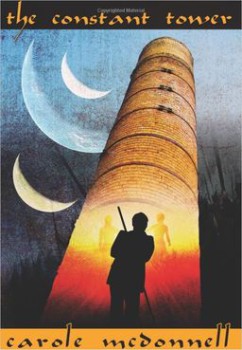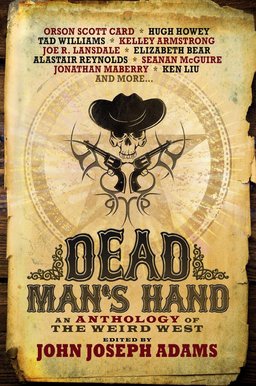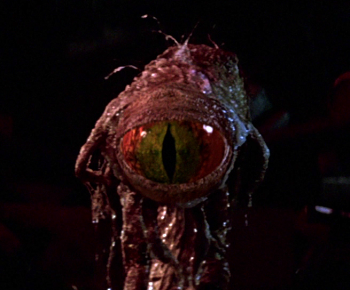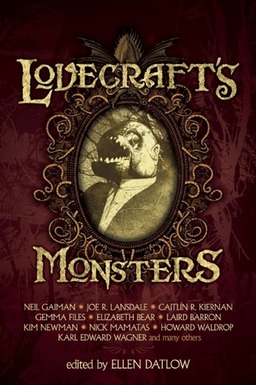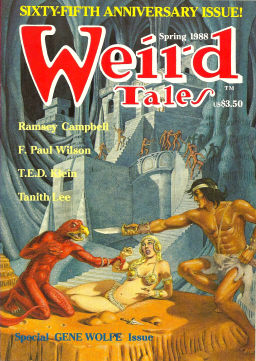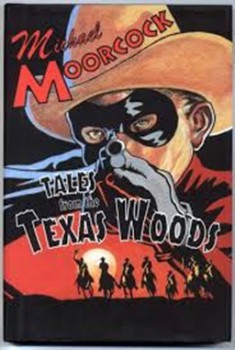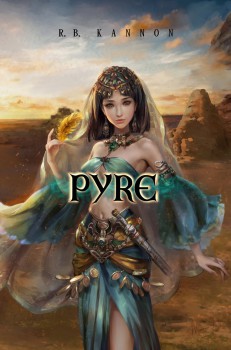A Bomb on a Plane: The Adventures of Captain Marvel, Chapter Four: Death Takes the Wheel
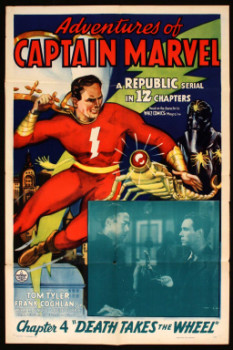 All right, you kids — put those squirt guns away and stop throwing that popcorn; it’s time for this week’s exciting chapter of The Adventures of Captain Marvel. Today’s thrilling episode: “Death Takes the Wheel.”
All right, you kids — put those squirt guns away and stop throwing that popcorn; it’s time for this week’s exciting chapter of The Adventures of Captain Marvel. Today’s thrilling episode: “Death Takes the Wheel.”
Three title cards should bring any late arrivals up to speed. “The Scorpion – Sends his men to Oak Mountain Lodge for Carlyle’s lens.” “Billy Batson – Tries to beat them to the Lodge in his plane.” “Whitey – Fails to warn Billy that his plane will blow up at one minute past eight.” Now, speak the magic word and gain the wisdom of Solomon, the strength of Hercules, the stamina of… whew! I’m bushed. Never mind the rest; let’s get started!
In a flashback to the end of last week’s segment, a grinning Billy wings his way to Oak Mountain Lodge to retrieve the lens from Carlyle’s safe, blissfully unaware that an “atmospheric exploder” has been planted in his plane, while an agitated Whitey (there were a lot of them around in the 40’s) desperately tries to radio a warning to his friend. Neither he nor Billy knows that the plane’s radio wires have been cut.
As the time for detonation approaches, Billy glances down and sees the dangling wires; he reaches down and twists them together, restoring the connection just in time to hear Whitey say, “There’s a bomb wired to explode in your plane at one minute past eight! Bail out!”
On hearing this, Billy wastes no time in saying “Shazam!” Now transformed into Captain Marvel, he immediately opens the door and leaps from the plane, showing solidarity with all those who have ever been presented with a warmed-over airline turkey meal or an in-flight movie starring Rob Schneider. The airplane explodes (hope your insurance was paid up, Billy) and Captain Marvel flies away unhurt.
